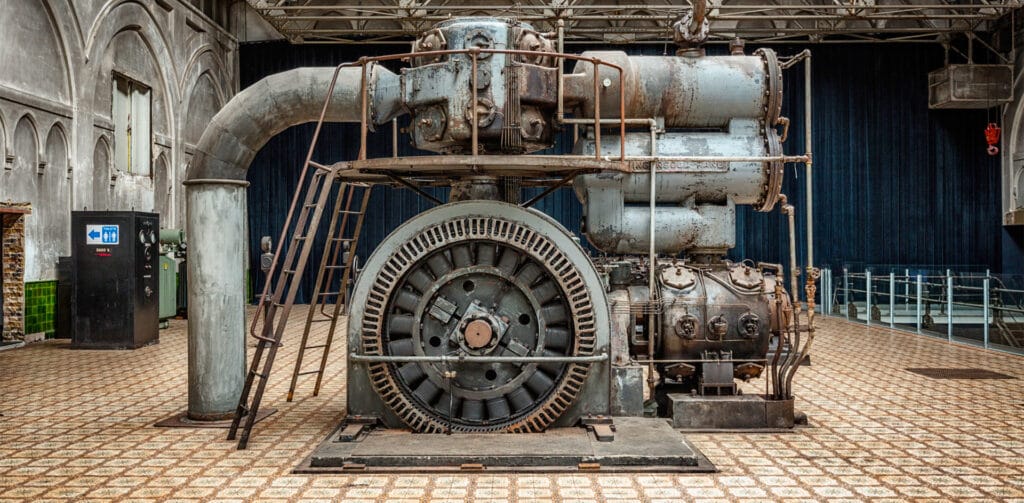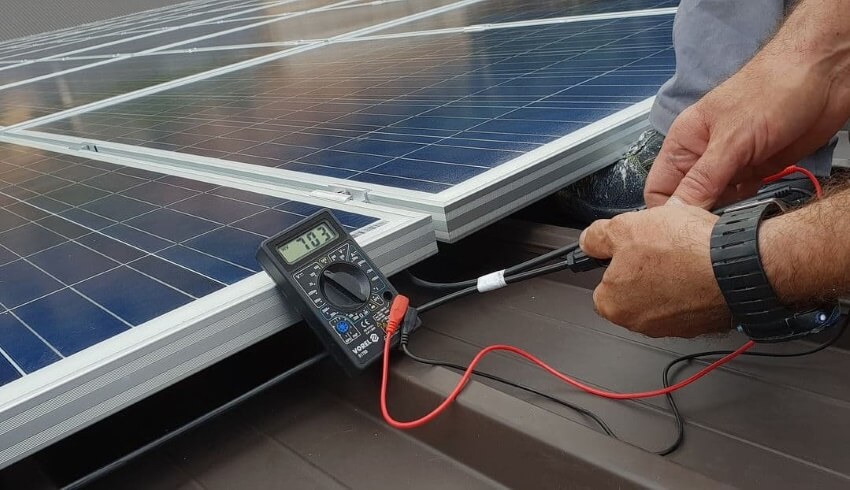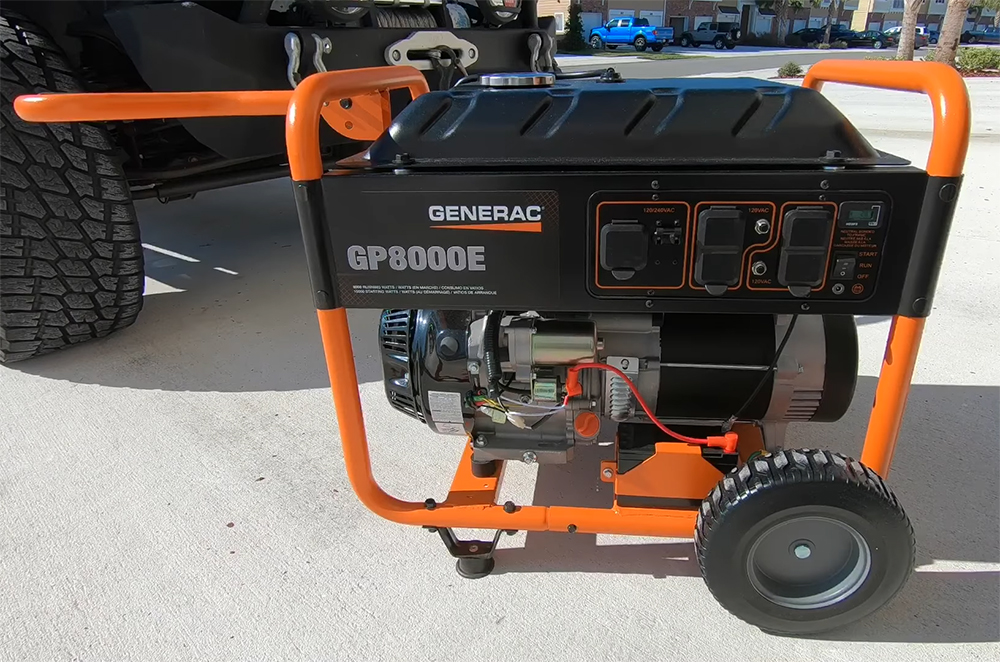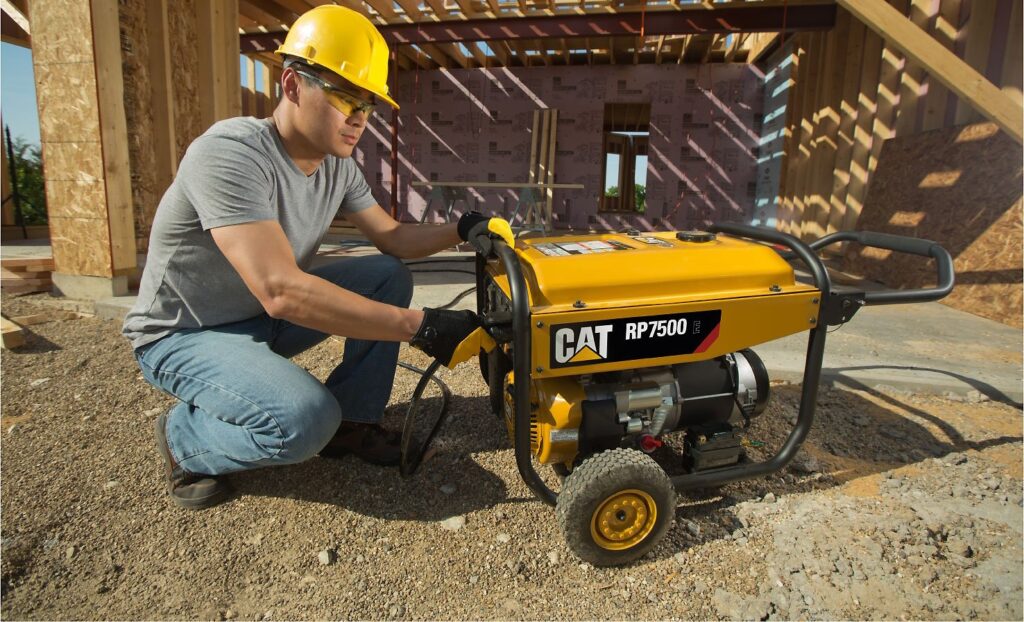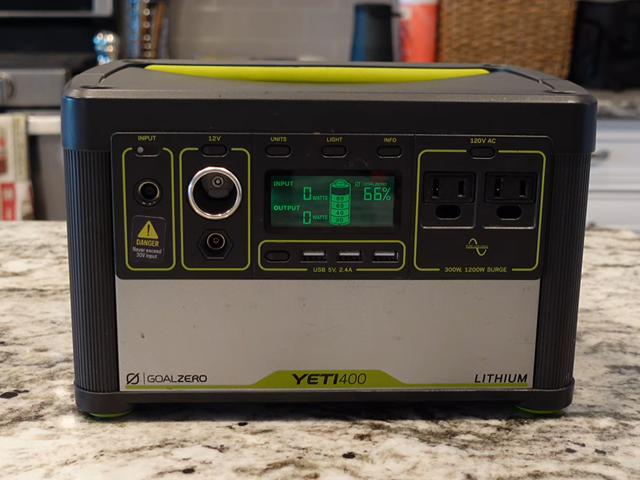
In this article, we will see how to protect solar panels from hail. But is hail so destructive that you have to protect your panels from it?
Well, hardly is there any other natural event that can destroy so much as quickly as hail. The larger the hailstones and the higher their speed, the greater the destruction. But there are ways to protect your building from the icy danger.
If the hail comes down vertically, it mainly hits roofs and roof structures. Depending on the size of the hailstones which can measure the size of a fist, considerable damage to roof systems can occur. Most of the time, you will find invisible hairline cracks. These can lead to temperature changes.
If hail is driven through the air by a strong storm, it hits house facades, and the glass splinters. Solar systems can also be affected – even two centimeters of hailstones can cause immense damage to sensitive and expensive technology.
Solar panels usually withstand normal hail shower with normal grain sizes. However, a very strong hailstorm can break through the solar panel or at least cause visible cracks. Much more problematic, however, is the possible damage that cannot be detected by a simple visual inspection.
Of course, the manufacturers of solar modules know that almost every photovoltaic system will be hit by a hail shower at some point. Therefore, the glass of rigid panels offers a certain protection against hail.
For example, just as a car body can be visibly damaged by hard hailstones of a size of one inch, the standard tests for solar glass show that the panels can withstand hailstones of up to 25 millimeters or one inch in size. Hailstones of this size can cause microcracks in less resistant solar panels. Larger hailstones, on the other hand, often cause visible damage.
Users with photovoltaic systems who suffered the reported hail realized that there was a decrease in the power output. In one case, there was an obvious difference between strings (groups of modules connected to separate inputs of the inverter). The shattering of the glass reduces the amount of sunlight that reaches the photovoltaic cell, causing a reduction in the power output. In short, this module becomes a “ball and chain”, compromising the productivity of the entire plant.
Furthermore, with the front glass broken, a large part of the electrical insulation is lost, so much so that in the presence of rain or humidity, the inverter could present a low insulation error, putting the entire system out of service.
Invisible hairline cracks in the solar modules lead to a loss of performance in the photovoltaic system. Hairline cracks increase the electrical resistance of the panel, causing less electricity to flow through.
It can be detected using various methods. First of all, the direct electromagnetic emissions at the hairline crack can be determined using an electroluminescence analysis Trusted Source Electroluminescence image analysis of a photovoltaic module under accelerated lifecycle testing - PubMed Electroluminescence (EL) imaging of Si-based photovoltaic (PV) modules is used widely to spatially detect and characterize electrical defects, including handling and degradation-induced cracking of the component Si cells that are associated with reductions in module performance. In the present study … pubmed.ncbi.nlm.nih.gov .
Alternatively, it is possible to use thermal images to detect the heating caused by the high resistance. However, insurance companies usually do not cover the costs of such examinations if no damage is found. But even if the damage is discovered, the insurance does not necessarily have to cover the costs of the examination. Sometimes insurance companies point out that performance logs of the PV system after the hailstorm would have sufficed as proof of damage. Therefore, if there is any suspicion of damage, system operators should specifically ask which evidence the insurance company requires.
When it comes to solar panel protection, you may think there is a type of shield you can buy. Or maybe you believe some types will work better or last longer. While these might be things that could help protect in situations like hurricanes, they’re not necessary for everyday weather.
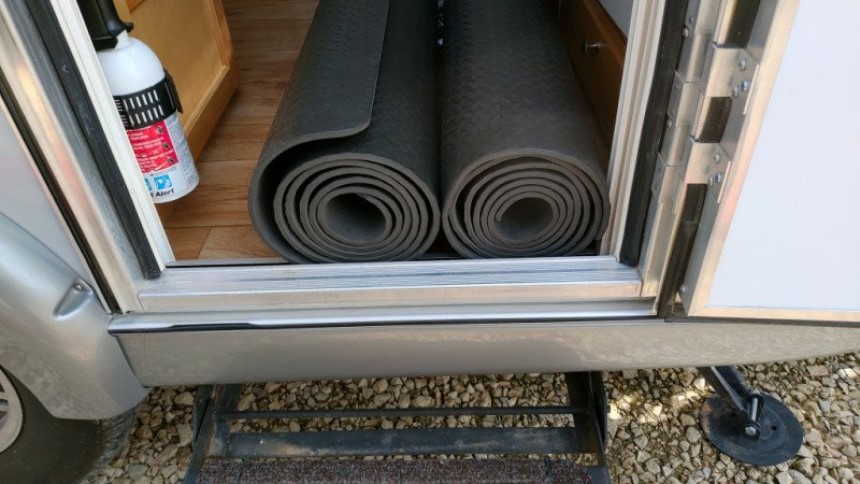
There are various types of solar panel hail protectors. But you always want to ensure whatever is installed doesn’t block sun rays. Methacrylate layers can help you create a protective layer of polymer plastic on the surface of the solar panel. One of the most recommended methacrylate layers is the LOCTITE AA H8000 METHACRYLATE Adhesive. This has 50 millimeters of polymer content and can protect against hail.
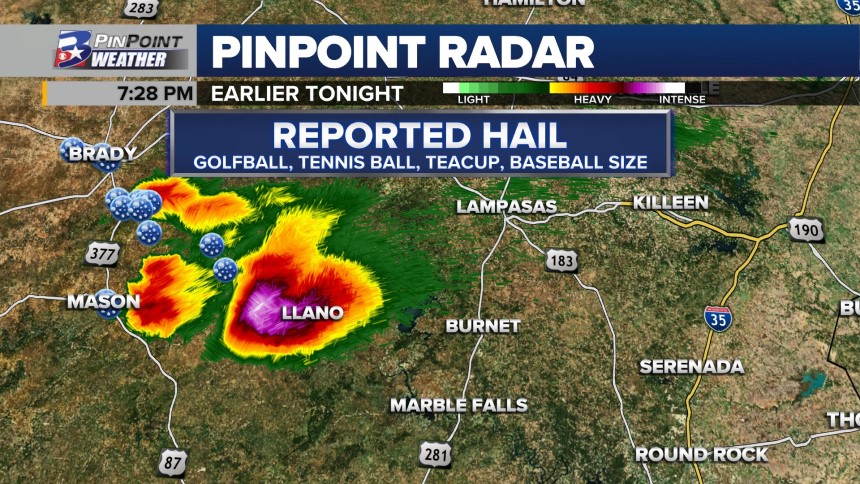
Knowing when bad weather will come, you’ll be able to fix or cover up the panels if needed. We know it’s not easy climbing to the rooftop of the house every time you have a big storm coming. But this advice will be practical where you have an RV powered by solar panels.
This way you can also check the solar panels before and after the storm to see if anything was damaged before or during the storms.
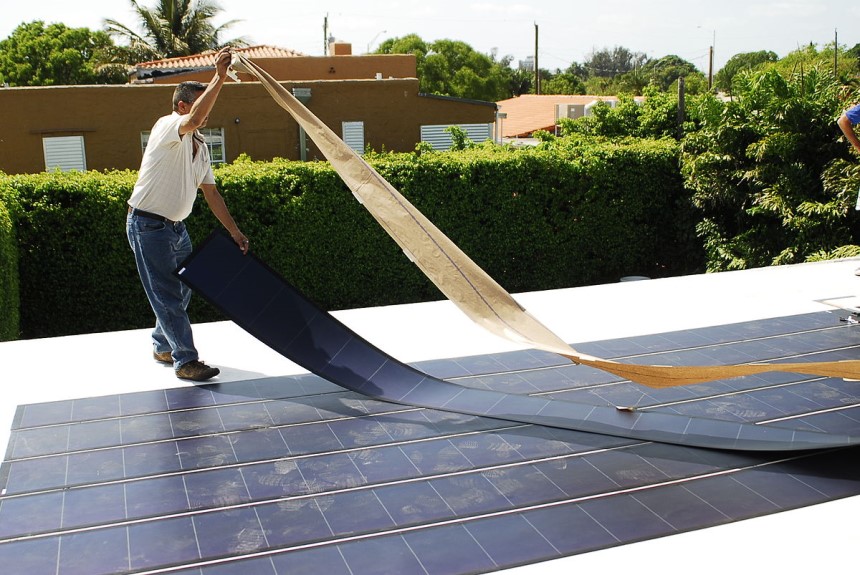
Flexible panels are becoming popular today and are more resistant, compared to solid solar panels. This new contender for photovoltaic electricity is developing, although it is still marginal.
In the face of hail or other types of weather, flexible solar panels also show very high resistance. But they are usually not powerful. Most flexible panels are portable and usually have around 100 watts more or less power.
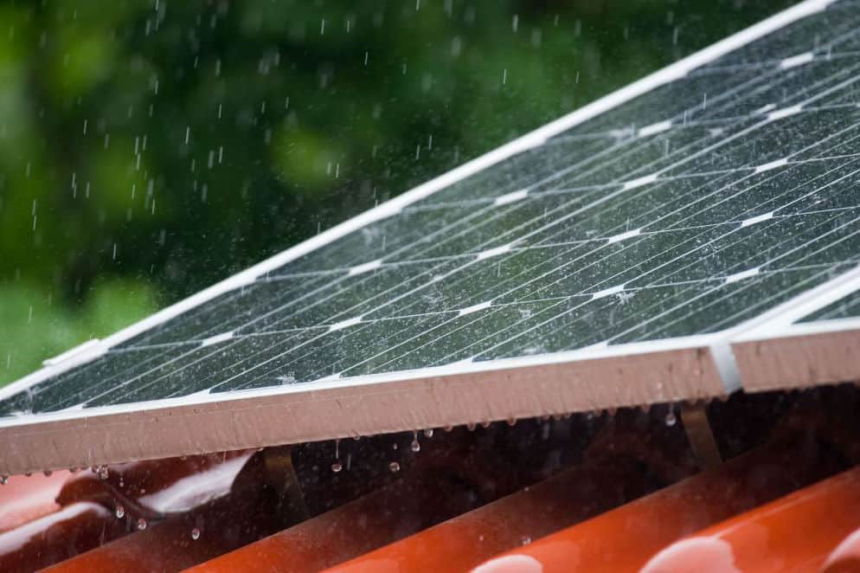
Also, once the installation is complete and the system is connected to the electricity grid, the photovoltaic solar panels are exposed to the sun’s rays, but also bad weather conditions. Before installation on roofs, the solar kit must therefore meet the new IEC standards guaranteeing its resistance Trusted Source IEC issues standard to test how well PV modules resist snow | IEC www.iec.ch .
The standards of the International Electrotechnical Commission are the ultimate guarantee of the resistance of a photovoltaic solar panel.
This Swiss-based regulator dispenses with a host of standards relating to electronics and semiconductors. In the field of solar electricity production, three of these standards guarantee a certain resistance to the installation of panels. They certify that the solar modules will be able to withstand the fall of a hailstone with a maximum diameter of 1.25 cm (0.5 inches) launched at 140 km/h (87 m/h).
These standards are:
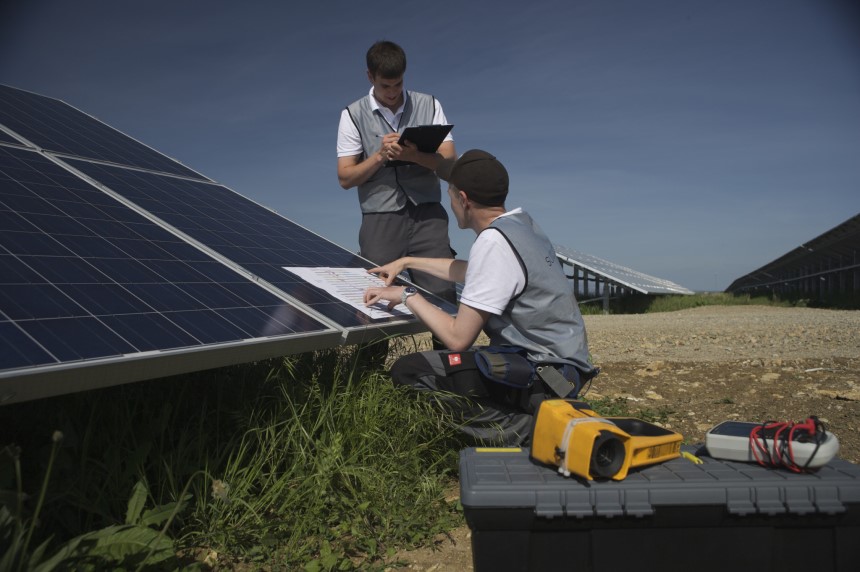
It may be useful to insure the photovoltaic system in an adequate policy. An insurance policy can safeguard the panels from any theft or damage, thus being able to benefit from a long-term operation of the system.
The building insurance reimburses the damage, provided that the installation of the photovoltaic system has been reported to it. However, building insurance does not replace the loss of income.
Special photovoltaic insurances come into question, some of which offer very different services. Some replace the new value of the defective solar modules, others only replace the current value. The policies also differ with regard to the assumption of the labor costs for the replacement of the solar modules.
You should also check whether the guarantee conditions of the manufacturer of the photovoltaic modules exclude hail damage. If this is not the case and the damage occurs within the warranty period, the insurance company will refuse to settle the damage.
First of all, all modules should be examined for visible damage. If the glass cover cracked, then most likely water has also gotten into the module. As an immediate measure, the PV system must then be switched off because there is a risk of a short circuit.
Check whether the defective photovoltaic modules can be bridged to continue operating the PV system until the modules are replaced. However, caution is advised here. If the hailstorm was so strong that some modules are visibly damaged, the probability of invisible damage to other modules is very high.
Beyond any legal implications, which go beyond this article, we try to highlight some problems. A damaged photovoltaic module loses the physical, mechanical, and electrical characteristics provided by the manufacturer, so much so that the following problems may arise:
The module, no longer having the expected mechanical strength, could free itself from the supports and fall off the roof. This is a risk for people passing by or staying in the immediate vicinity.
Also, the glass flakes could slowly detach and fall, in more or less large pieces.
Finally, from an electrical point of view, with the front glass broken or shattered, correct insulation is no longer guaranteed (given by the IP degree). Therefore, it could create dangers for people who come into contact with “conductive” objects that are in direct or indirect connection with the faulty module (e.g. frames, metal structures, gutters, downspouts, antennas, etc.).
The owner of a damaged module, therefore, assumes all these responsibilities, if the product is not under insurance. Most warranty coverages will not cover damages from hail, which is a natural cause.
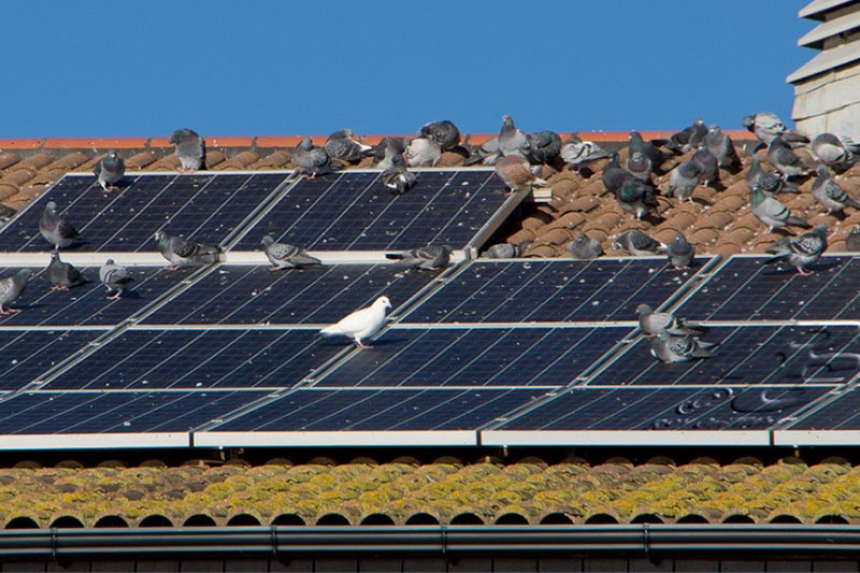
The resistance of photovoltaic panels to hail is certainly remarkable, so much so that the medium-large grains are unable to scratch the front glass. They only cause damages if an exceptionally large hailstone coming at a high speed can damage it by weakening or cracking the entire surface. However, these are extreme events. They are occurrences that also lead to damage to the roofs of the buildings. If you live in where hailstorms are common, we’ve shown you how to protect solar panels from hail (installing a protector, buying resistant panels, and insuring them). By putting all three in place, your panels will be protected from the force of nature!
